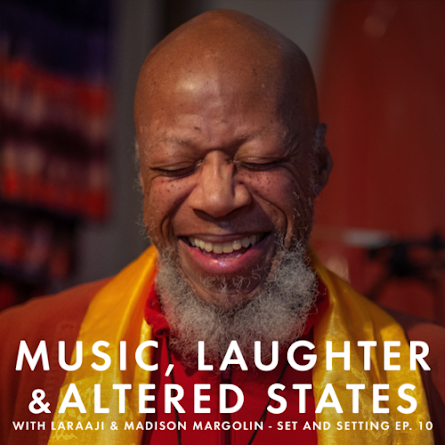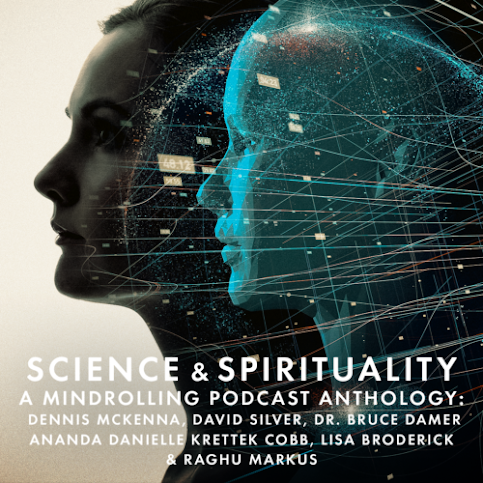Noteworthy
2022 -
EASTER falls on this date in 2022. According to the Venerable Bede, Easter derives its name from Eostre, an Anglo-Saxon goddess of spring. A month corresponding to April had been named "Eostremonat," or Eostre's month, leading to "Easter" becoming applied to the Christian holiday that usually took place within it. Prior to that, the holiday had been called Pasch (Passover), which remains its name in most non-English languages. Based on the similarity of their names, some connect Eostre with Ishtar, the Babylonian and Assyrian goddess of love and fertility, but there is no solid evidence for this. It seems probable that around the second century A.D., Christian missionaries seeking to convert the tribes of northern Europe noticed that the Christian holiday commemorating the resurrection of Jesus roughly coincided with the Teutonic springtime celebrations, which emphasized the triumph of life over death. Christian Easter gradually absorbed the traditional symbols: Easter Eggs: In Medieval Europe, eggs were forbidden during Lent. Eggs laid during that time were often boiled or otherwise preserved. Eggs were thus a mainstay of Easter meals, and a prized Easter gift for children and servants. In addition, eggs have been viewed as symbols of new life and fertility through the ages. It is believed that for this reason many ancient cultures, including the Ancient Egyptians, Persians, and Romans, used eggs during their spring festivals. Many traditions and practices have formed around Easter eggs. The coloring of eggs is a established art, and eggs are often dyed, painted, and otherwise decorated. Eggs were also used in various holiday games: parents would hide eggs for children to find, and children would roll eggs down hills. These practices live on in Easter egg hunts and egg rolls. The most famous egg roll takes place on the White House lawn every year. Different Traditions: Orthodox Christians in the Middle East and in Greece painted eggs bright red to symbolize the blood of Christ. Hollow eggs (created by piercing the shell with a needle and blowing out the contents) were decorated with pictures of Christ, the Virgin Mary, and other religious figures in Armenia. Germans gave green eggs as gifts on Holy Thursday, and hung hollow eggs on trees. Austrians placed tiny plants around the egg and then boiled them. When the plants were removed, white patterns were created. Artistic Creations: The most elaborate Easter egg traditions appear to have emerged in Eastern Europe. In Poland and Ukraine, eggs were often painted silver and gold. Pysanky (to design or write) eggs were created by carefully applying wax in patterns to an egg. The egg was then dyed, wax would be reapplied in spots to preserve that color, and the egg was boiled again in other shades. The result was a multi-color striped or patterned egg. You can get some really beauties here: https://www.paulwirhun.com/ The Easter Bunny: Hares and rabbits have long been symbols of fertility. The inclusion of the hare into Easter customs appears to have originated in Germany, where tales were told of an "Easter hare" who laid eggs for children to find. German immigrants to America -- particularly Pennsylvania -- brought the tradition with them and spread it to a wider public. They also baked cakes for Easter in the shape of hares, and may have pioneered the practice of making chocolate bunnies and eggs. But what does fertility have to do with Easter? Many who celebrate the holiday do not recognize that Easter is not a biblical holiday at all—it is wholly derived from pre-Christian celebrations of springtime fertility, devoted to pagan goddesses with names such as Ishtar, Astarte and Ostara, from whom the name "Easter" is derived. Also, those who make a pun on "Son rise" and "sunrise" may not be aware that their Easter morning "sunrise" service—facing the direction of the rising sun during their worship — has its origins not in Scripture but in pagan sun goddess worship. Easter Cards: Easter cards arrived in Victorian England, when a stationer added a greeting to a drawing of a rabbit. According to American Greetings, Easter is now the fourth most popular holiday for sending cards, behind Christmas, Valentine's Day, and Mother's Day. Easter Parades: After their baptisms, early Christians wore white robes all through Easter week to indicate their new lives. Those had already been baptized wore new clothes instead to symbolize their sharing a new life with Christ. In Medieval Europe, churchgoers would take a walk after Easter Mass, led by a crucifix or the Easter candle. Today these walks endure as Easter Parades. People show off their spring finery, including lovely bonnets decorated for spring. | ||
|
|8|O|8|O|8|O|8|O|8|O|8|O|8|O|8 Gay Wisdom for Daily Living from White Crane Institute "With the increasing commodification of gay news, views, and culture by powerful corporate interests, having a strong independent voice in our community is all the more important. White Crane is one of the last brave standouts in this bland new world... a triumph over the looming mediocrity of the mainstream Gay world." - Mark Thompson Exploring Gay Wisdom & Culture since 1989! |8|O|8|O|8|O|8|O|8|O|8|O|8|O|8 | ||
|
|













